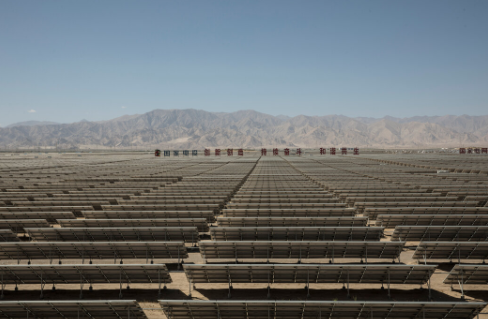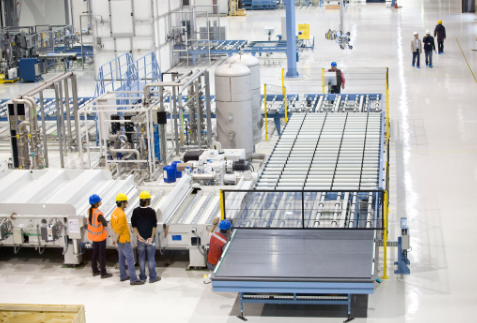China's solar industry exploded last year, with more solar panels installed in one year than the United States has ever put together. It also cut the wholesale price of panels by nearly half. China's exports of fully assembled solar panels increased by 38%, and exports of key components almost doubled. Get ready for an even bigger display of China's solar dominance. While the United States and Europe are working to revive renewable energy production and help companies avoid bankruptcy, China is already far ahead. At this week's annual meeting of the National People's Congress, Premier Li Qiang, China's second-ranking official after Xi Jinping, announced that China would speed up the construction of photovoltaic power plants as well as wind and hydropower projects. China's economy is already in trouble, and increasing investment in renewable energy, primarily solar, is an important part of China's big bets on emerging technologies. Chinese leaders say that the "three new things" represented by solar cells, electric vehicles, and lithium batteries have replaced the "old three things" represented by clothing, furniture, and home appliances.

The goal of developing the "three new" industries is to help offset the sharp decline in China's real estate industry. China hopes to use emerging industries such as solar power - what Xi Jinping likes to call "new productivity" - to boost an economy that has been slowing for more than a decade. The emphasis on solar energy is the latest step in a two-decade plan by China to reduce its reliance on energy imports. China's photovoltaic product exports have caused urgent reactions from the outside world. The Biden administration has launched a subsidy program that covers most of the cost of solar panel production, as well as a portion of the higher installation costs. Europe is particularly alarmed. Officials are outraged that more than a decade ago, China subsidized factories that produced solar panels, while European governments subsidized consumers buying panels produced anywhere. This has led to a surge in consumer purchases of Chinese products, hurting Europe's solar industry. A wave of bankruptcies has engulfed Europe's solar industry, leaving the continent largely reliant on Chinese products.

Low electricity prices in China have played a big role. Producing polysilicon, the main raw material for solar panels, requires large amounts of electricity. Solar panels typically need to generate electricity for at least seven months to make up for the energy needed to make the panels.
Two-thirds of China's electricity comes from coal, and the cost of coal-fired power is low. But Chinese companies are further reducing electricity costs by installing photovoltaic power plants in the deserts of western China, where state-owned land is essentially free. The company then uses the electricity generated by photovoltaics to produce more polysilicon.
In comparison, electricity costs in Europe are expensive, especially since the outbreak of the Russo-Ukrainian war led to Europe no longer buying natural gas from Russia. Land for building photovoltaic power plants is expensive in Europe. In the southwestern United States, environmental concerns have slowed the construction of photovoltaic power plants, and issues with land already zoned for other uses have hampered the permitting of renewable energy transmission lines.
China's coal consumption makes it the world's largest annual emitter of greenhouse gases. But China's pioneering role in lowering the cost of solar panels has slowed the growth of greenhouse gas emissions.
Annual solar panel installations worldwide have almost quadrupled since 2018.







